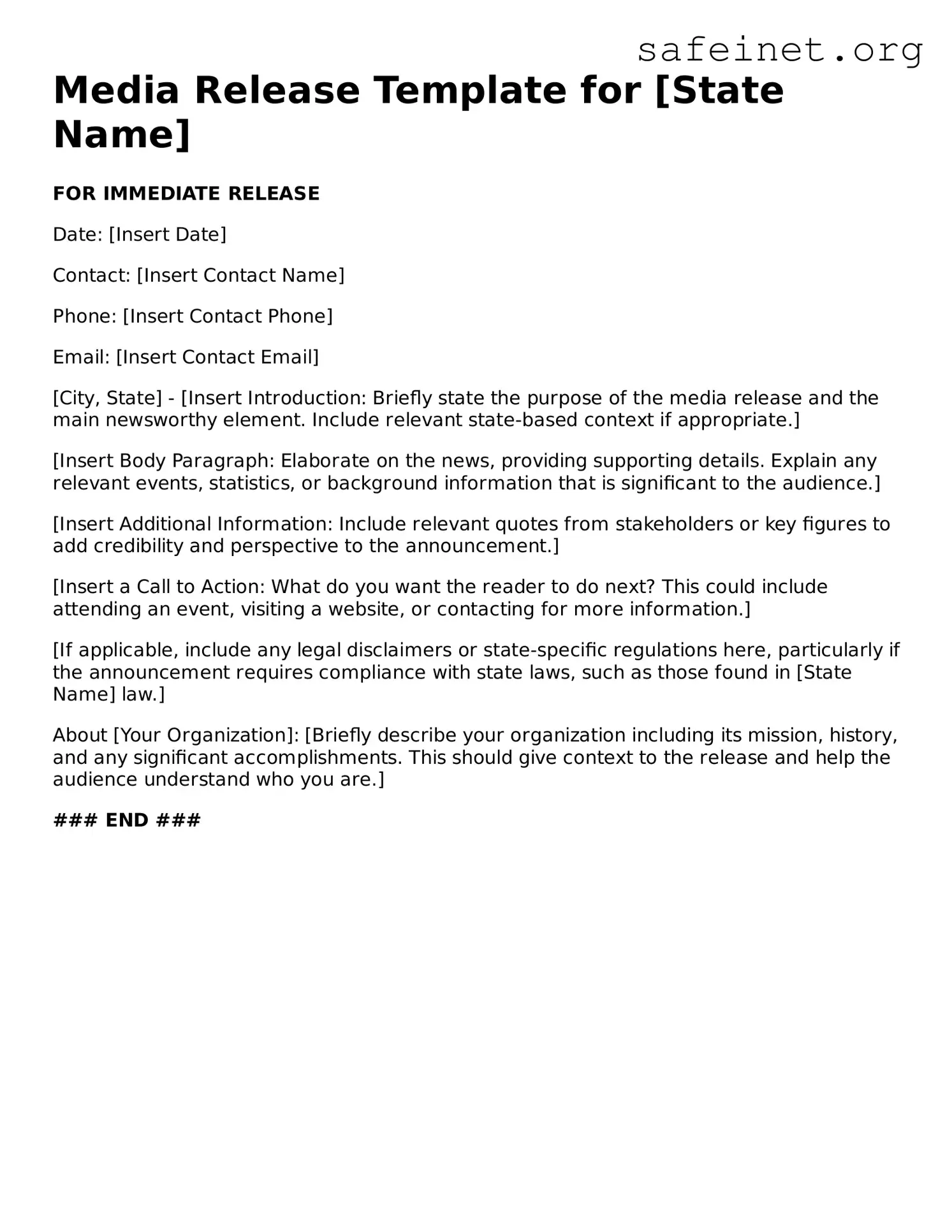What is a Media Release form?
A Media Release form is a document that grants permission for the use of an individual's image, voice, or other personal information in various forms of media, such as photographs, videos, or audio recordings. It is commonly used by businesses, organizations, and individuals to ensure that they have the right to share media content that features others, protecting their interests and rights.
Why do I need to sign a Media Release form?
By signing a Media Release form, you provide explicit consent for your likeness or voice to be used in specific media projects. This protects both parties involved. For the organization or individual using the media, it establishes legal permission, while for you, it clarifies how your image or voice can be used. Without this consent, they risk facing legal issues related to privacy or copyright claims.
Can I limit the scope of the Media Release?
Yes, the scope can often be limited within the Media Release form itself. You can specify the exact use for which your image or voice can be utilized, such as for promotional materials, social media, or educational purposes. Make sure to discuss any restrictions or preferences with the requesting party before you sign.
Is a Media Release form legally binding?
Generally, a properly signed Media Release form is considered legally binding. However, it must be clear, voluntary, and signed by someone with the authority to provide consent. If the terms are vague or misleading, the enforceability could be in question. Always read the document thoroughly to understand your rights and obligations.
What happens if I change my mind after signing?
Once you sign a Media Release form, you typically cannot withdraw consent for the uses already specified. However, you may be able to negotiate new terms or conditions with the requesting party if you have concerns. It’s important to address any reservations before signing. Communication is crucial.
Are there any risks associated with signing a Media Release form?
Yes, there are potential risks. By signing, you may be giving up certain rights to control how your image or voice is used. This can lead to unexpected uses that may not align with your personal views or public image. Carefully consider the terms before signing, and don’t hesitate to ask questions or seek clarification on any aspects you're unsure of.
